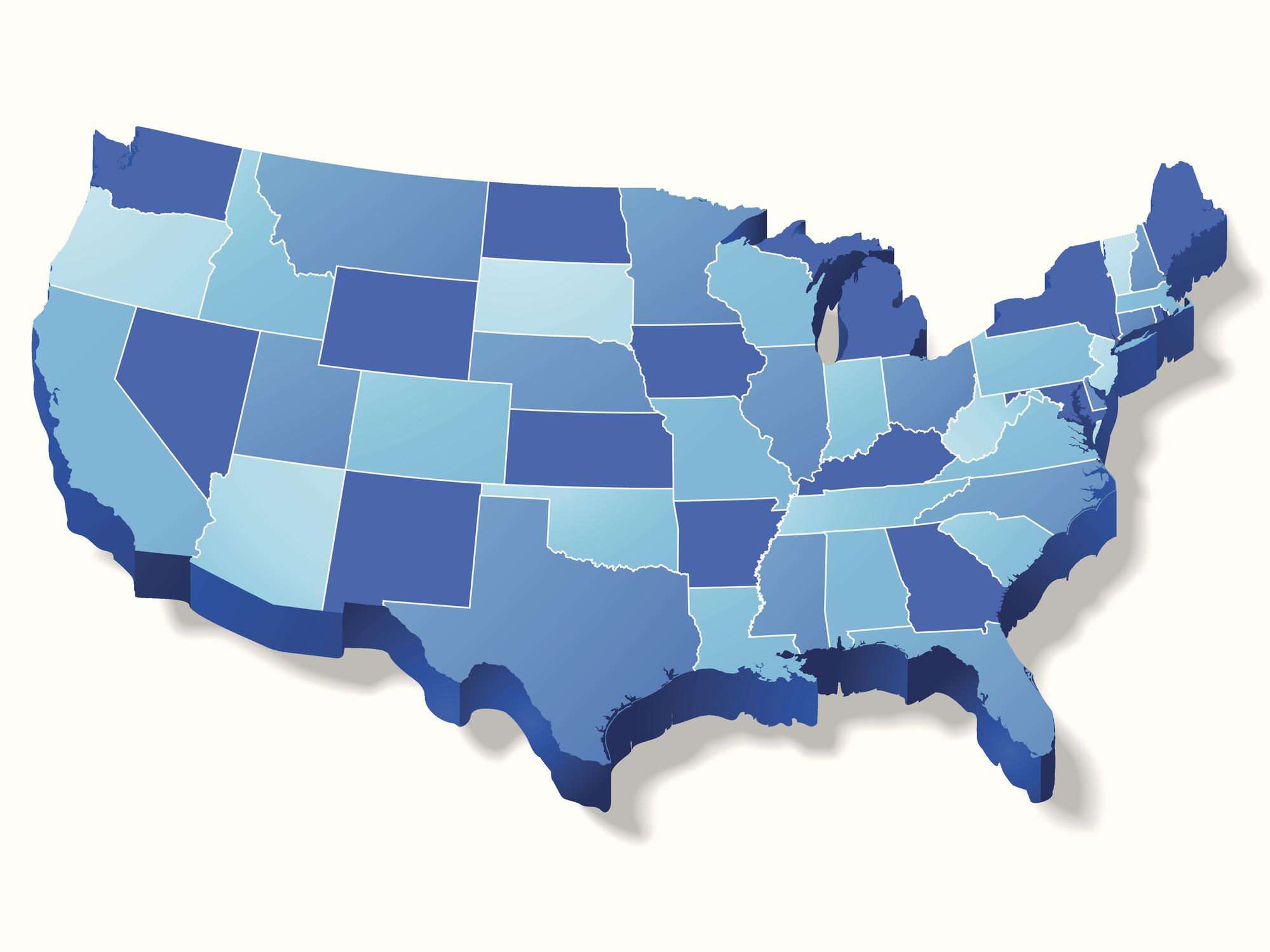
School Response to Drug-related Incidents
jurisdictions (21 states + D.C.) disrupt the “school‐to‐prison” pipeline via laws or regulations that do not require that a drug‐related incident at school be reported to the police, as of 2022.
What are evidence-based school drug response policies, and why are they important?
The Substance Abuse and Mental Health Services Administration (SAMHSA) suggests that “schools are the ideal setting to prevent, identify, treat, and support substance use and mental illness concerns.” [1]Student Assistance: A Guide for School Administrators, Substance Abuse and Mental Health Services Administration (2019), https://store.samhsa.gov/sites/default/files/d7/priv/pep19-03-01-001.pdf. However, many current responses to substance use and drug-related incidents in schools result in undesired, inequitable, and discriminatory outcomes. [2] Model School Response to Drugs and Drug-related Incidents Act, Legislative Analysis and Public Policy Association (May 2023), https://legislativeanalysis.org/model-school-response-to-drugs-and-drug-related-incidents-act/ (“Model Act”). While alternative discipline and therapeutic solutions are successful in some school settings, typically there are not any requirements that school districts apply evidence-based practices—or universally report on these practices. This results in wide disparities of disciplinary outcomes and what commentators call the “school-to-prison pipeline.” An evidence-based policy approach, including “an accurate collection and analysis of data to improve oversight and accountability,” [3]ABA Task Force on Reversing the School to Prison Pipeline, American Bar Association (Jan. 2018),
https://www.americanbar.org/content/dam/aba/administrative/corej/final-school-to-prisonpipeline.pdf. can establish a consistent and positive response to drug-related incidents across public schools.
Without clear, evidence-based policies, students often face criminal penalties for minor behavioral issues, including drug possession and use
According to results from the 2019 Youth Risk Behavior Survey, 22% of ninth through twelfth-grade students were offered, sold, or given an illegal drug on school property in the preceding 12 months. [4]High School YRBS: United States 2021 Results, Centers for Disease Control and Prevention (data accessed Oct. 26. 2023), https://nccd.cdc.gov/Youthonline/App/Results.aspx?LID=XX (the webpage is a searchable database of YBRS results; data attained by selecting “Question: illegal drugs at school; Location: United States; Year: 2019”). Currently, statues or regulations in 28 states and the District of Columbia require all drug offenses in school settings be reported to law enforcement, [5]Model Act, supra note 2. which results in contact with the justice system for an issue likely resolvable at the school and family level. Moreover, in districts with an in-school law enforcement presence (e.g., school resource officers (SROs)), the lines between school-based and law enforcement responses to student behaviors are often unclear, and minor misbehaviors are often criminalized. [6]Amir Whitaker, et al., Cops and No Counselors: How the Lack of School Mental Health Staff is Harming Students, American Civil Liberties Union (Mar. 2019).
Common disciplinary practices in schools are ineffective and can result in long-term harms
Exclusionary discipline refers to removing a student from the school without providing services (e.g., out-of-school suspensions and expulsions). [7]Model Act, supra note 2. Such practices remain common in U.S. schools, partly due to zero-tolerance policies and mandatory punishments. [8]Rachel M. Perera & Melissa Jay Diliberti, Survey: Understanding how U.S. public schools approach school discipline, The Brookings Institute (Jan. 19, 2023), https://www.brookings.edu/articles/survey-understanding-how-us-public-schools-approach-school-discipline/. Research highlights the harm caused by exclusionary discipline. Students who are expelled or suspended have lower educational attainment, [9]Janet Rosenbaum, Educational and Criminal Justice Outcomes 12 Years After School Suspension, Youth & Society (Jan. 17, 2018), https://doi.org/10.1177/0044118X17752208. and are more likely to: (1) have contact with the juvenile justice and the criminal justice systems; (2) be charged with a crime as an adult; and (3) use Supplemental Nutrition Assistance Program (SNAP) benefits. [10],Tony Fabelo, et al., Breaking Schools’ Rules: A Statewide Study of How School Discipline Relates to Students’ Success and Juvenile Justice Involvement, The Council of State Governments Justice Center (July 2011), https://csgjusticecenter.org/wp-content/uploads/2020/01/Breaking_Schools_Rules_Report_Final.pdf. [11]Miles Davison, et al., School Discipline and Racial Disparities in Early Adulthood, Educational Researcher (Nov. 30, 2021), https://doi.org/10.3102/0013189X211061732.
Evidence-based policies can allow funding to shift away from ineffective approaches
An established, evidence-based policy for drug-related incidents allows school districts to redirect funds into more effective programs and support. Currently, there are approximately 14 million students in schools with a police presence but without a counselor, nurse, psychologist, or social worker. [12]Whitaker, supra note 7. A recent study of state grants that fund SROs shows that SROs do not reduce serious incidents or other infractions, such as possession or use of drugs. [13]Kenneth Alonzo Anderson, Policing and Middle Schools: An Evaluation of a Statewide School Resource Officer Policy, Middle Grades Review (Sept. 2018), https://files.eric.ed.gov/fulltext/EJ1192862.pdf. Additionally, evidence suggests that SROs may be associated with increased student offenses reported to law enforcement. [14]Mario S. Torres, Jr. & Jacqueline A. Stefkovich, Demographics and Police Involvement: Implications for Student Civil Liberties and Just Leadership, Educational Administration Quarterly (June 3, 2009) https://journals.sagepub.com/doi/10.1177/0013161X09335545?icid=int.sj-abstract.citing-articles.21.


